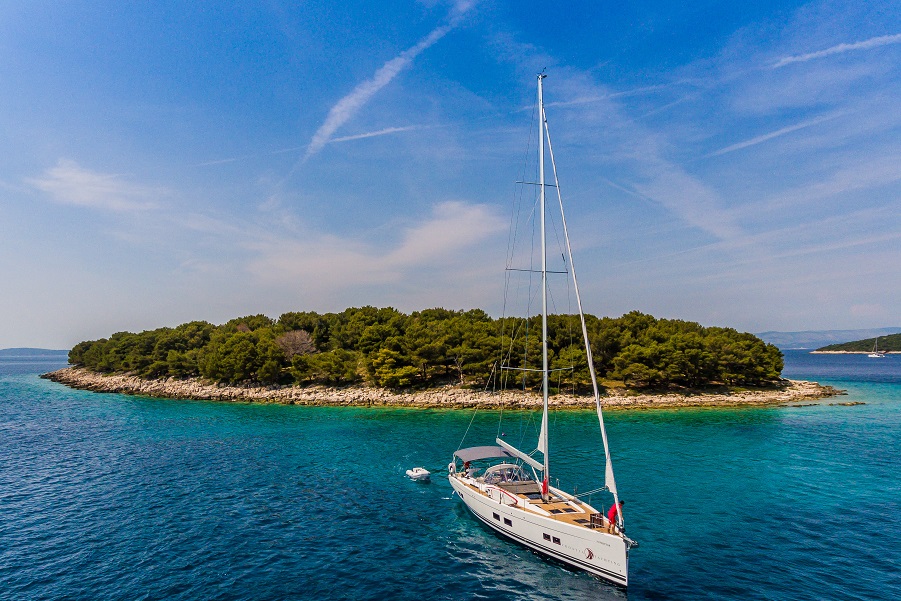Best Croatian Wineries to Visit and 8 Croatian Wines to Try

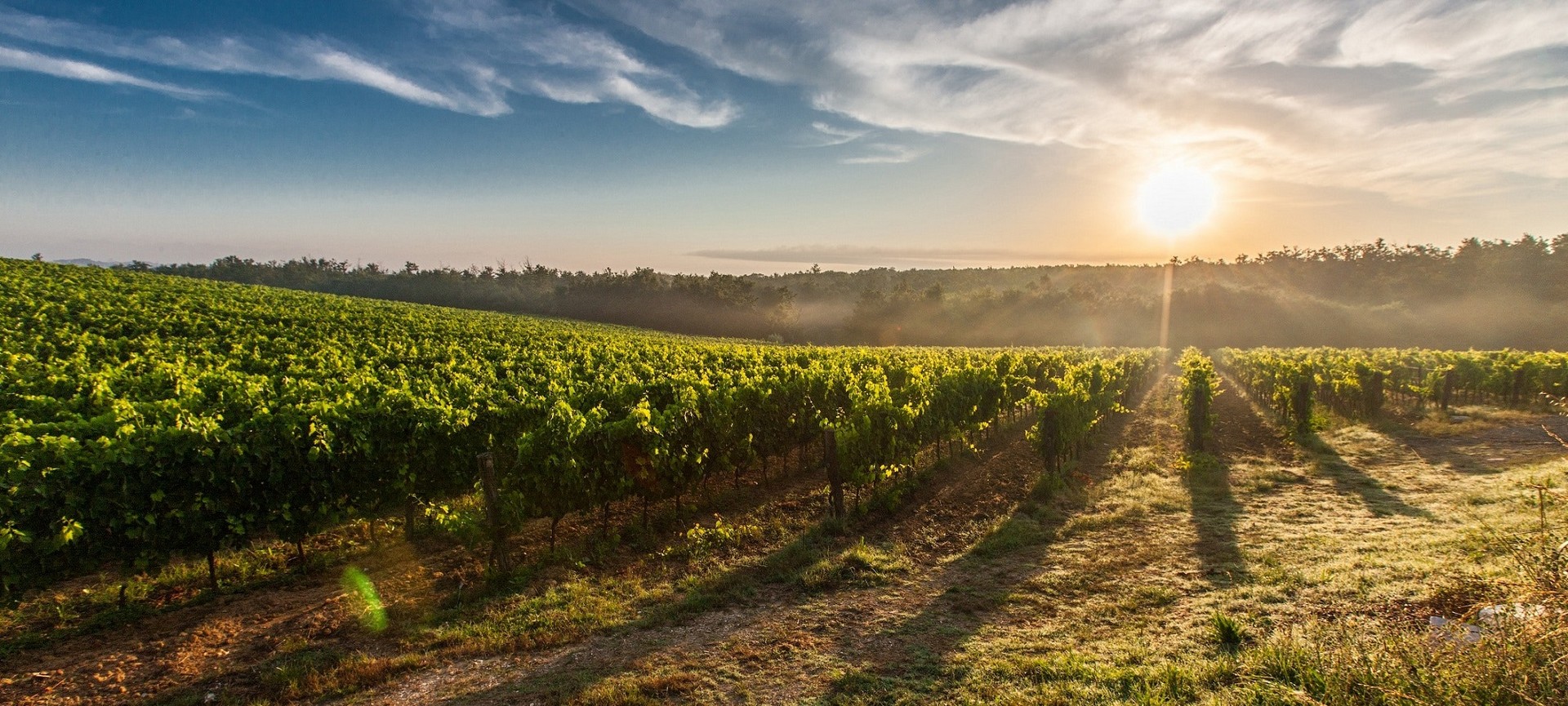 BLOG
BLOG
Cultivation and nurturing of the viticultural tradition in Croatia go back a long way; there is that 2500 years ago, vines were cultivated and processed. There is a coin from the island of Vis from the 5th century BC, on which there is a bunch of grapes on one side and an amphora for storing wine on the other. Such and similar physical evidence can be found all over the Adriatic coast, and there is evidence that viticulture arrived in continental Croatia several centuries later.
Today, Croatia is a country with a developed wine culture, and Croats are people who enjoy wine and appreciate it. This is supported by the fact that half of the vineyards in Croatia are not registered for the sale of wine, but the obtained wine is used exclusively for personal use. Also, Croatian wines are well-known and appreciated all over the world.
In this article, we will introduce you to all the beauty of growing and producing wine in Croatia, and tell you our recommendations for the best wineries in Croatia.
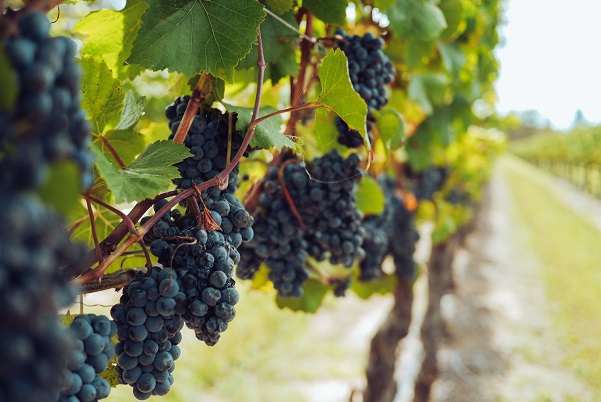
What is special about Croatian wine?
One of the notable aspects of Croatian wine is the abundance of indigenous grape varieties. Croatia has more than 130 registered grape varieties, some of which are found only in the country. This adds to the appeal and intrigue of Croatian wine for wine lovers seeking uniqueness.
What are Croatian wine regions?
Croatia is divided into four wine regions: Slavonija and Podunavlje, Dalmatia, Istria and Kvarner, and Bregovita Croatia. Each of them has its own peculiarities, challenges and rules.
Slavonija and Podunavlje
White wines with full flavour, fruity aromas, and medium-to-high alcohol prevail in this region. The most important variety is Graševina, which is represented by most producers.
Dalmatia
Dalmatia has a long tradition of wine production, and we are witnessing a new trend of small producers who raise the quality of wine with modern production and modern cellars and win numerous awards at wine competitions. Traditionally, more red wines are produced (coast and southern sides of the island). Plavac, plavac mali, crljenak, babić, lasina and pavina are planted, as well as various local autochthonous varieties. White varieties are grown inland, in fields on islands, and on the coast.
Istria and Kvarner
Istria and Kvarner are characterized by a mixture of mild Mediterranean and colder continental climates, diverse soil compositions, and excellent geographical locations. Continental and Mediterranean varieties are equally represented.
Bregovita Croatia
It is a typical continental wine-growing area where white wines predominate (fresh, light, fruity and floral aromas). Graševina is the most important white variety, followed by chardonnay, white pinot, pinot gris, Rhenish Riesling, sauvignon, traminac and green silvanac.
The 8 best Croatian wines
Within the borders of Croatia, there are a whole series of quality and excellent wines, and we bring you some of them.
Graševina
Croatia and other nations in Central and Eastern Europe grow this international grape type. It is well-liked by winegrowers and winemakers because it bears fruit, is disease-resistant, and generates a consistent production year after year. One advantage of this wine variety is that it may be used to make a variety of wines, allowing winemakers to experiment with diverse styles.
Istrian Malvasia
This grape type is planted not only in Slovenia and Italy, but also throughout the entire Istrian peninsula. It is abundant and fertile, mostly offering grapes that provide medium- to strong-bodied wines with high levels of ethanol, moderate levels of acidity, and flowery and fruity aromas.

Plavac mali
Plavac mali, sometimes referred to as Plavac, Plavac mali crni, and other names, is a well-known indigenous cultivar that was developed in central and southern Dalmatia, where it is still widely grown. It prefers rocky terrain, takes a while to ripen, and is disease-resistant. In 1961, the first wine in the region of modern-day Croatia to achieve specific distinction for its quality was Plavac mali from the village of Dingač. It can produce flavorful, powerful wines with a high alcohol concentration as well as light, fruity wines that are typically more reasonably priced.
Dingač
A robust red wine made from the Plavac Mali grape in the Pelješac Peninsula, part of the Dalmatian Coast region, Dingač is a high-quality wine often chosen for special occasions. One of the most famous Croatian wines, it ranges from dark red to purple and has a fruit flavor, with cherries, plums, and herbs, pairing well with red meat and aged cheese.
Žlahtina
The white grape variety Žlahtina, also known as Žlajtina, is native to the Croatian Littoral. Žlahtina is regarded as a high-yield cultivar. It produces a dry wine that is clear, golden-yellow, and moderately robust. Its dry wine also has a fruity aroma, a high mineral content, a little salinity, and a flavor that is mellow and harmonious. Žlahtina is a superb table grape type with a big body and thick skin that is also utilized for creating wine.
Babić
Babić is a native red grape variety mostly found in Dalmatia that yields highly prized, dark, rich, and flavorful wines. The medium-sized berries of the dark blue grape type known as Babić have a thin, delicate skin and luscious flesh. It is distinguished by high levels of acidity, tannin, and alcohol, which make it appropriate for extended aging and long-term preservation.
Bogdanuša
The ancient Bogdanuša grape variety, which has its roots in Stari Grad but is now primarily produced in the region of Ager, yields light white wines with a crisp flavor and floral scent. The name Bogdanuša, which means "gift from God," refers to the importance of Bogdanuša wines during religious celebrations. Try it with a seafood stew, risotto, or fish as the main dish.
Pošip
Produced on both Hvar and Korcula islands, Pošip is a fresh and fruity white wine with an intense aroma and flavor similar to dried figs and apricots. Try it with the local fish and seafood or cheeses.
The 7 best Croatian wineries
Guided by the famous proverb "In vino veritas", we bring you the 7 best wineries in Croatia that you should include on your route this summer.
Dalmatia
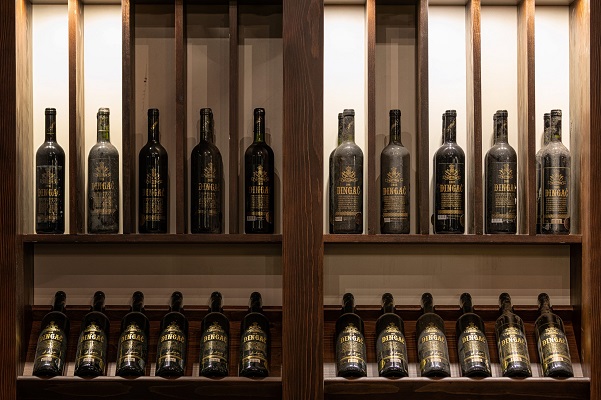
Matuško Winery - Pelješac
The vineyards located on the hills of Pelješac, a peninsula whose soil has given birth to some of the best Croatian wines, will for a moment seem like a postcard from Sicily. Matuško Winery is a real family business in which a lot of work, effort, and sweat have been invested. Even though viticulture operations have been modernized, in this winery they try to use traditional methods of obtaining the best quality wine as much as possible. What you must try from Matuška is Dingač - a strong, dry, sweeter, excellent red wine known all over the world.
Given that we are talking about the area that is home to the plavac mali, we must not forget to mention it either. The grape varieties from which this famous wine is produced are perfectly suited to the slopes of Pelješac, which allow it to receive just as much rain and sun as it needs.
The Matuško winery can boast of various white and rose wines, sparkling wines, and even olive oil. Anyway, for all of the above, be sure that it is prepared with great passion and in the traditional way used by Croatian ancestors.
Rak Winery -Dubrava, Šibenik
The Rak winery is located in Dubrava near Šibenik, and wine production began in 1960. Due to its geographical location and climatic characteristics, the area of Šibenik has long been recognized as excellent for growing vines, and therefore for wine production. The poor land and difficult karst landscape forced people to engage in the production of grapes and wine, whereby they proved to be excellent winegrowers and winemakers.
The two varieties that stand out in the cultivation and production of this winery are Babić and Mareština. Within the winery, there is a tasting room where you can taste wines and local specialities, as well as restrooms where you can spend the night.
Zlatan Otok Winery - Hvar
The story of this winery began in a small town on the southern side of the island of Hvar. Surrounded by steep slopes with vineyards, this winery is a paradise for all wine lovers. The winery has been owned by a family that originated from the area for several generations and for whom it is much more than a job.
They offer top-quality red, white, rose, and dessert wines, and what they are most focused on is plavac mali, which succeeds perfectly here. More than a hundred national and international recognitions, awards, medals, and championship titles best show the effort and passion for creating top-quality wine here.
If you are interested in visiting the winery, the hosts are more than ready to host you and even offer a visit to the wine archive below sea level.
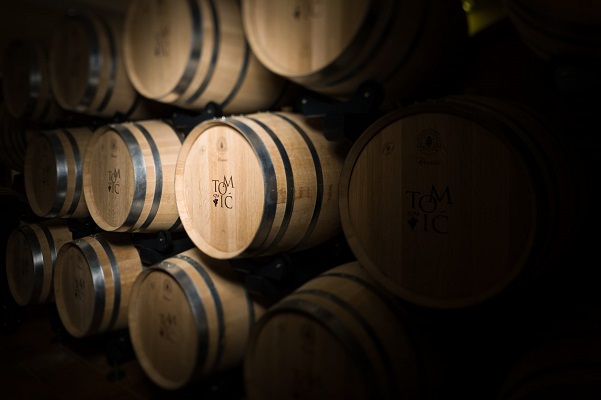
Tomić Winery - Hvar
This winery is also located on the island of Hvar, on its northern side. The ancient Greeks brought vines to this sunny island. Today, the winery owns around 10 ha of its own vineyards, mostly oriented towards organic production, because in addition to the production of healthy grapes and quality wine, it also ensures the preservation of the environment and human health.
Andro Tomić is a native of Hvar who has dedicated his life to wine. After twenty years of professional development at colleges, institutes, and wineries in France and elsewhere, he decided to return to his island and produce his own wines.
This winery produces wines of various varieties, among which Plavac mali dominates as the black variety and Pošip and Bogdanuša as the white varieties. The cellar is located in a newly built winery on a family property in Mina Bay, Jelsa, a place with a long wine-growing tradition.
Winery Blato 1902 dd - Korčula
This 1902-founded agricultural cooperative also makes brandy and extra virgin olive oil, among other things. You can benefit from a wine-tasting and cellar tour if you visit this place.
Owning the production areas of the Korčula vineyard, which have seen significant investment in terms of time and money, along with the favorable climatic conditions of southern Dalmatia, allows winery Blato 1902 to produce wines of exceptional quality.
Autochthonous varieties of the island of Korčula are grown on these vineyards, including Pošip, Plavac mali, Cetinka, Maraština and Zlatarica Blatska. They also include some world-renowned varieties such as Merlot, Syrah and Malbec in their own wine offer.
Istria
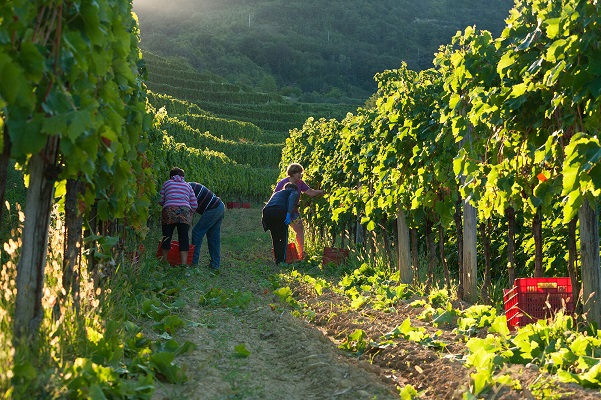
Matošević Winery – Sveti Lovreć
They say that the place is what determines the wine the most. This winery is located in Istria, the northernmost part of the Mediterranean, on a small green peninsula near the mythical Venice. Their malvasias and teranis have grown up because they have a connection with their region and with nature. And as the world has become very fast today, they have also been careful not to fall behind. They adopted knowledge, techniques, and skills so that we could better understand what makes them special, what makes this region unique, authentic, and put it in a bottle.
Slavonia and Podunavlje
Belje Winery - Kamenac
The position of one of the most cutting-edge wineries in the area allows for quick delivery of grapes during harvest from every vineyard site. The winery is a unique tourist destination that may be visited with advance notice. It has a total storage capacity of 8 million liters of wine, which is held in roughly 250 stainless steel tanks. A lecture in the wine parlour precedes a visit to the winery, where Vina Belje is produced using manual harvesting techniques and cutting-edge technology.
A new wine story that begins in a time when the world almost came to an end has been introduced thanks to the excellent vintage of 2020. This is how Vina Belje's Cuvée line of three outstanding wines—which radiate depth of flavor and extraordinary freshness—was created.
Wine tasting in Croatian wineries
When you're on vacation, nobody counts the glasses of wine you've drunk, and that's exactly why you shouldn't forget to taste Croatian wines. Whether you prefer white or red wine, you will find the perfect wine on the Croatian islands as well as on the coast and inland. Although you can taste all the top wines in Croatian restaurants, visiting wineries and drinking wine in wine cellars still has a special charm.
How many grape varieties are there in Croatia?
Croatia has more than 130 registered grape varieties, some of which are found only in the country.
What is the most famous red wine produced in Croatia?
Croatia's most popular red wine is Plavac Mali.
What are the most famous wines in Croatia?
Žlahtina, Tarminac, Bogdanuša, Plavac mali.
Does Croatia have good wines?
Although relatively little wine is exported, Croatia can nevertheless be considered a prominent player in the region.
What is a local wine in Croatia?
Croatia's main red wine, Plavac Mali, is primarily grown around the Dalmatian coast.











